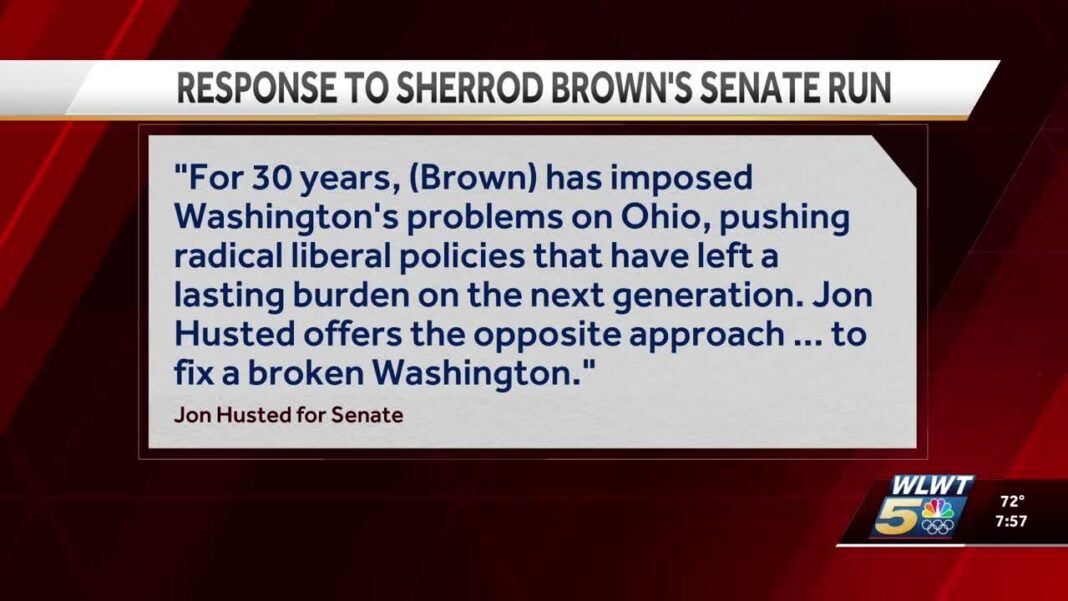Businesses and households have adopted ‘a cautious approach to hiring, spending, and investment,’ says one chief economist.
Small businesses in the United States encountered growing challenges accessing credit in June, according to Equifax’s latest Small Business Lending Index.
Lending volumes fell by 3.3 percent month over month, though they remained up by more than 2 percent from the same period last year, according to the report released on Aug. 18.
The index’s three-month moving average jumped to 1 percent, fueled by robust lending activity volumes in April that have since eroded.
Regionally, 23 states experienced year-over-year declines in 12-month rolling lending volumes, with California (negative 10 percent), Nevada (negative 9 percent), and Georgia (negative 6 percent) leading the decline.
Across industries, nominal (non-inflation-adjusted) lending decreased in six of the 17 sectors tracked. Accommodation and food services experienced the sharpest decline, while construction, finance and insurance, and retail lending remained stable.
Credit conditions showed signs of stabilization in the wake of President Donald Trump’s tariff agenda, the report notes.
The Small Business Delinquency Index (31–90 days past due) edged up by nearly 2 percent, or three basis points, from May. The index was little changed from June 2024.
Additionally, the Default Index fell by more than 3 percent, down by seven basis points month over month.
Despite national improvements, 34 states reported year-over-year increases in default rates. Maine stood out with a 35 percent spike, the highest in the country. Delinquency rates rose or held steady in five industries, with wholesale trade posting the largest monthly increase of 2 percent.
In the coming months, a boost to small business lending is expected to unfold in the third and fourth quarters.
Wall Street overwhelmingly anticipates that the Federal Reserve will lower interest rates beginning in September. The Fed’s periodic Summary of Economic Projections—a survey of policymakers’ expectations for the economy and interest rates in the future—points to two rate cuts this year.
The federal funds rate—a key policy rate that influences business, consumer, and government borrowing costs—has been unchanged in a target range of 4.25 to 4.5 percent since January.
However, while a rate cut is considered a boon for the credit industry, the report notes that easing monetary policy could “exacerbate inflationary pressures.”
Last week, the annual inflation rate for July came in at 2.7 percent for the second straight month, below the market’s estimate of 2.8 percent. However, key pipeline inflation indicators—the producer price index and import prices—topped economists’ expectations, signaling that the current administration’s trade agenda could be igniting renewed price pressures.
The U.S. central bank will host its annual Jackson Hole Economic Symposium, with Fed Chair Jerome Powell delivering the keynote address on Aug. 22.
By Andrew Moran








